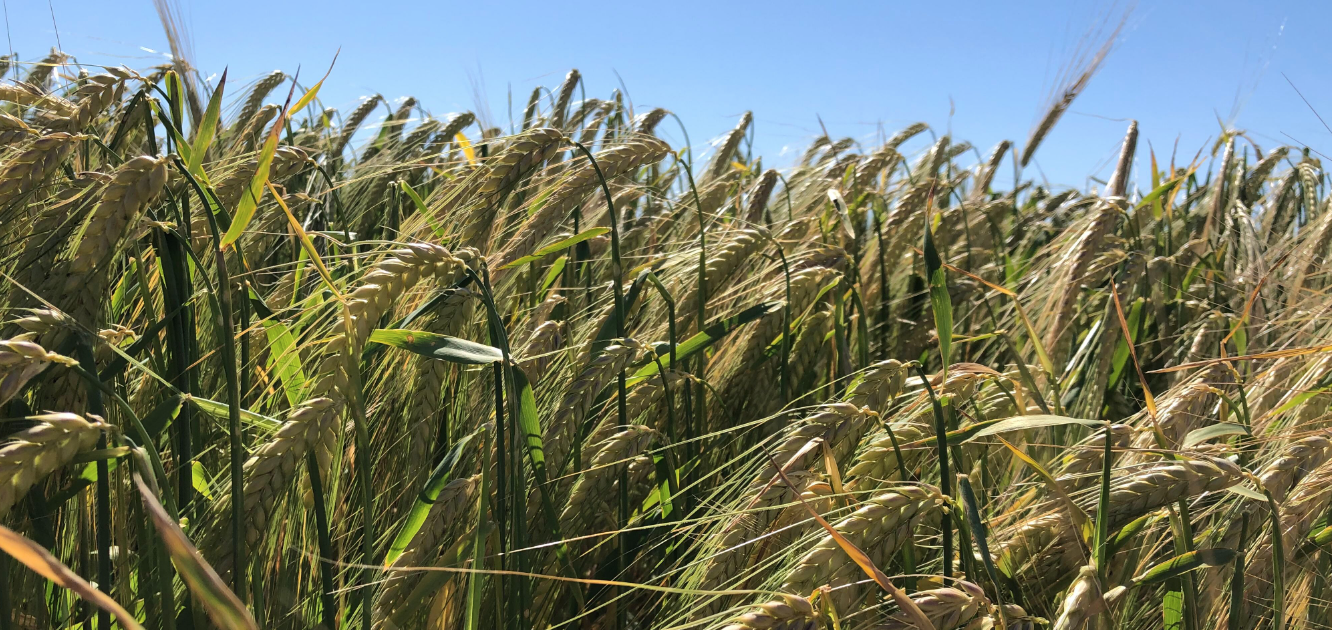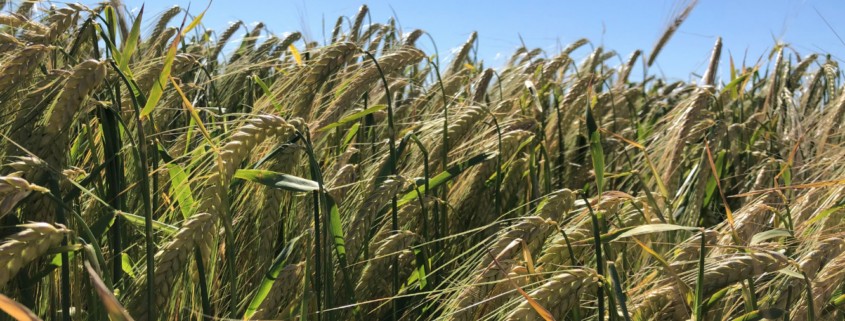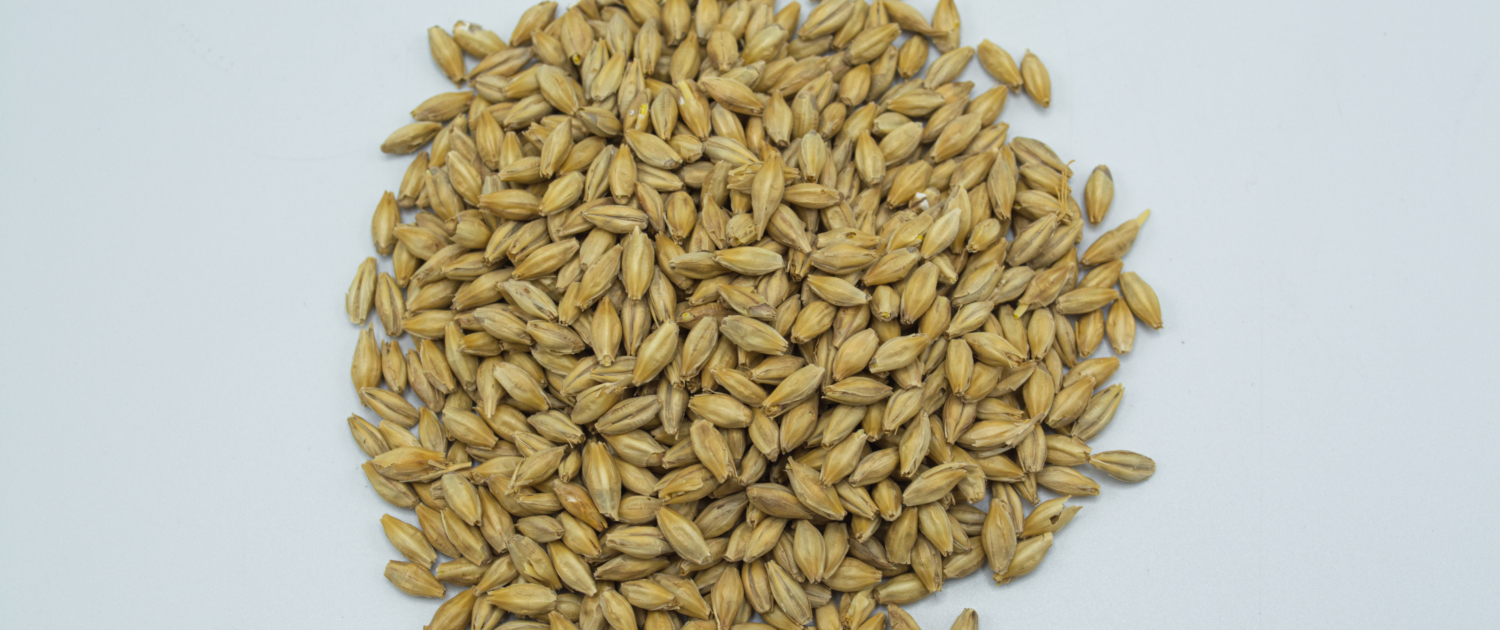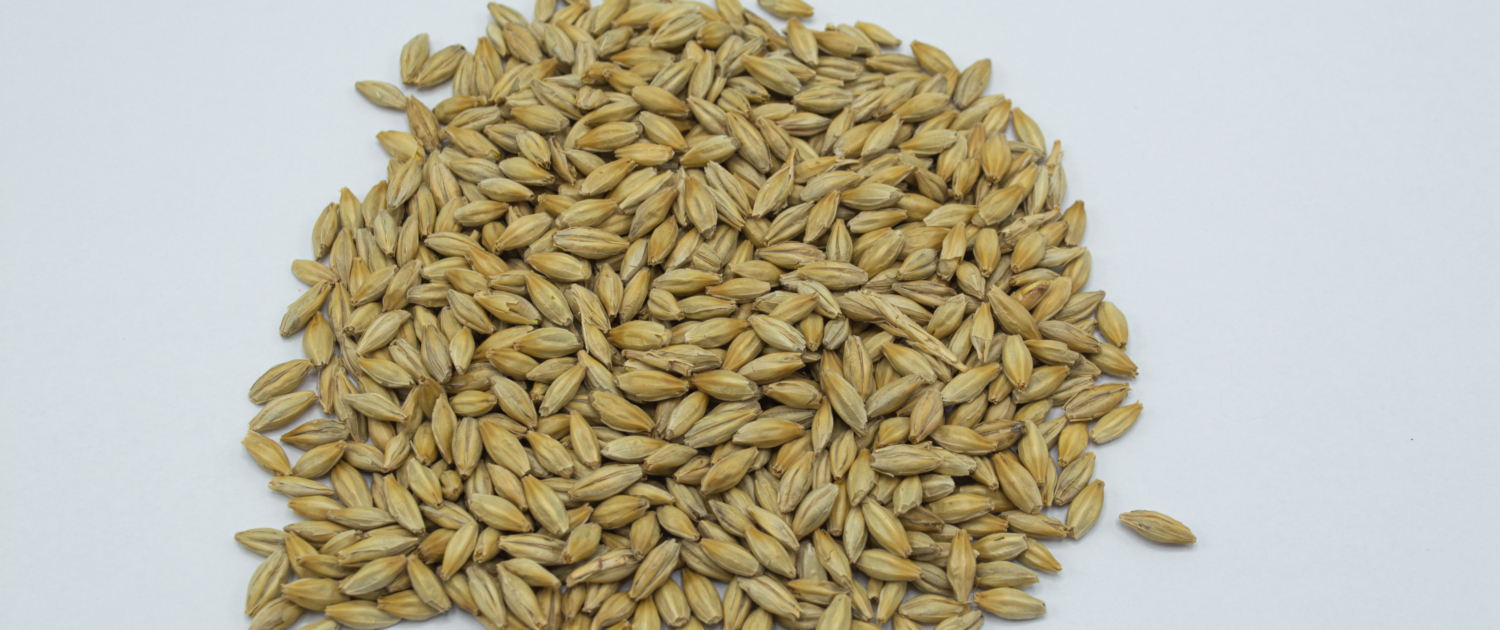Single Farm, Single Field: Riverbend Malt House Single Origin Pilsner Malt Is Establishing Southern Terroir

Beyond seeking the highest quality crops possible, we source our grains with flavor and aroma characteristics in mind too. This constant exploration of nuance has led us to several single origin Pilsner malt styles in our portfolio, which allow brewers and distillers to craft beer and spirits with a sense of place.
“If you know your maltster and you understand how they work with their product, these individual origins can help you to differentiate different products,” Vince Tursi, Co-Founder of DSSOLVR, told The Wort podcast last year.
“I like to send Vince the flavor descriptors with small batches of new barley,” Brent Manning, our Co-Founder, replied on the podcast. “He’ll say ‘sweet, that sounds perfect for the Helles or the Maibock we’re going to brew.’ At the apex of our galavanting around and playing with these varieties I came into his taproom and he had four different light beers made with four different Pilsner malts with four different varieties of barley. This is a hallelujah moment.”
Meet Our Pilsner Malts
Ongoing experimentation has landed two single origin pilsner malt styles in Riverbend’s year-round product offerings: Chesapeake Pilsner and Cumberland Pilsner. Add to this our original Pilsner malt, made with Thoroughbred 6-row barley, and Czech Pilsner an undermodified 2-row version; all which give brewers plenty to explore.
Chesapeake Pilsner, the 2022 bronze medal winner in the international Malt Cup, is produced using 2-row Violetta barley sourced from Virginia’s Chesapeake Bay. It strikes a beautiful balance of bread crumb, green tea, and honeysuckle flavors. The wort is a touch richer and sweeter than our original 6-row Pilsner. This style has become a staple base malt for many brewers and distillers for its versatility. Chesapeake Pilsner has become a staple base malt for many brewers and distillers for its versatility. The light color allows for inclusion across a wide range of beverage styles including Pilsner, Bourbon, and Single Malt Whiskey. Its grassy, earthy notes play well with hops, too.
Cumberland Pilsner is produced using 2-row Calypso barley sourced from the Cumberland plateau of Tennessee. This variety produces a more full-bodied wort with notes of melon and sugar cookie. The prominent sweet aromatics and bread dough characteristics of this malt style make it a perfect fit for styles in which the malt is center stage, such as Helles, Maibock, and dark lager.
Our original 6-Row Pilsner, made with Thoroughbred grain, has been in production since 2014. This malt first rose to prominence during the proliferation of wild and mixed culture programs that occurred across the Southeast. Historically, these beers were produced with grains from the surrounding fields. Brewers interested in emulating these practices, discovered our Pilsner could provide that perfect, yet hard to define, “rustic” character. This malt is also enjoying renewed popularity in Pre-Prohibition lager recipes.
A Case For Terroir
The expansion of the single origin Pilsner series represents an important step in solidifying the case for a Southern terroir. Flavor can be influenced by a number of factors including barley variety, crop year, and soil health. The malting process (floor or pneumatic) can also introduce additional variables.
“Single origin malt allows me to pick and choose,” says Jon Simpson, the Head Brewer at Fullsteam Brewery. “Kind of like the selection of single origin coffee.”
Crafting beer that represents Southern terroir has always been part of Fullsteam’s mission, Simpson continues. He’s no stranger to brewing beers with all North Carolina ingredients, sometimes all Riverbend malt. “If I’m using local, single origin malt, someone from Montana, for example, can’t replicate that— just like we can’t replicate theirs.”
“If you change [your recipe] up dramatically with a completely different barley from another sector of the United States that in and of itself is such a unique product [despite] going through the same process,” Tursi adds.
What’s Next?
“As lagers come back into the scene in a Gold Rush-type fashion, malt is the main flavor in all of these beers,” said our Alabama, Florida, and Georgia Territory Manager Tyler Adams in this episode of the Florida Beer Podcast. This rise of lager sales across the United States offers an exciting opportunity to propel this conversation forward.
The only remaining hurdle is tradition. Lager brewers have always been sticklers for tradition, and rightfully so— these beers have been brewed with time honored methods and ingredients for hundreds of years. We hope the next wave will incorporate the methods, but open the same door to innovation with ingredient selection that brought us to style categories like the New England IPA or the Cascadian Dark Ale.
What beers and spirits do you make with our single origin Pilsner malts? Share them here on our #madewithRiverbend page.





